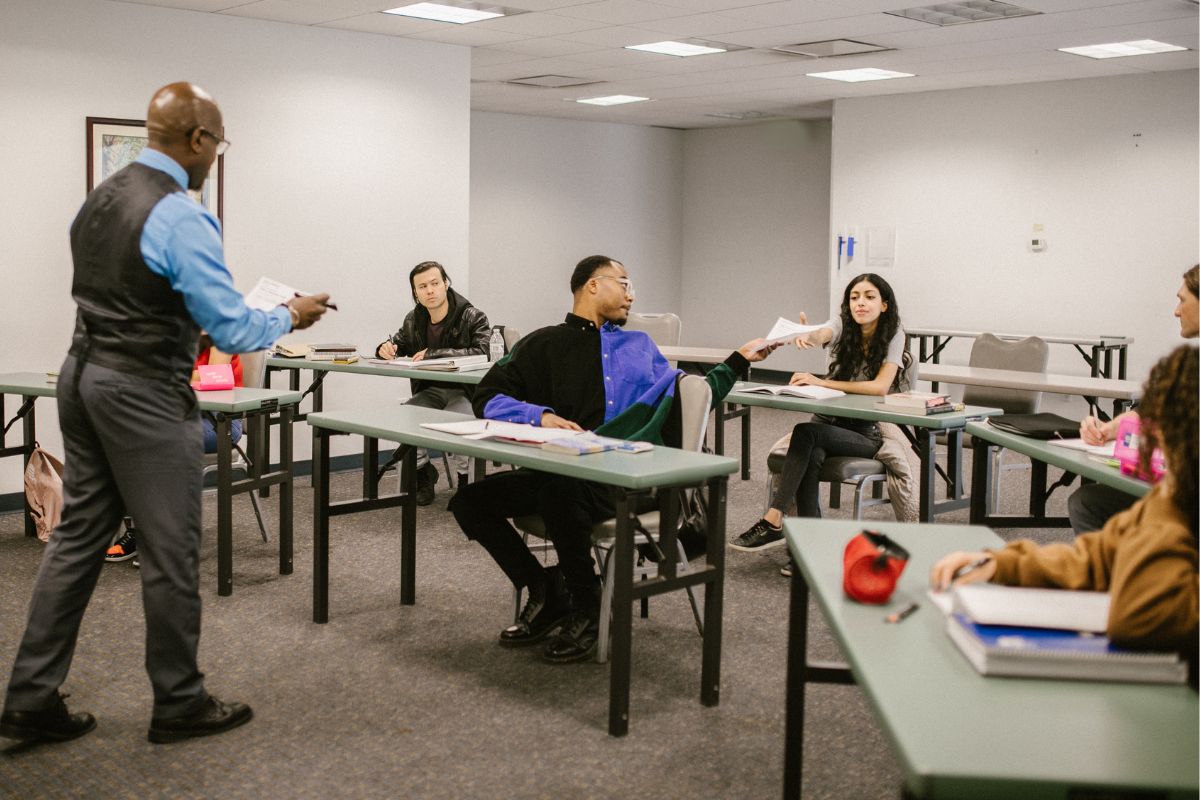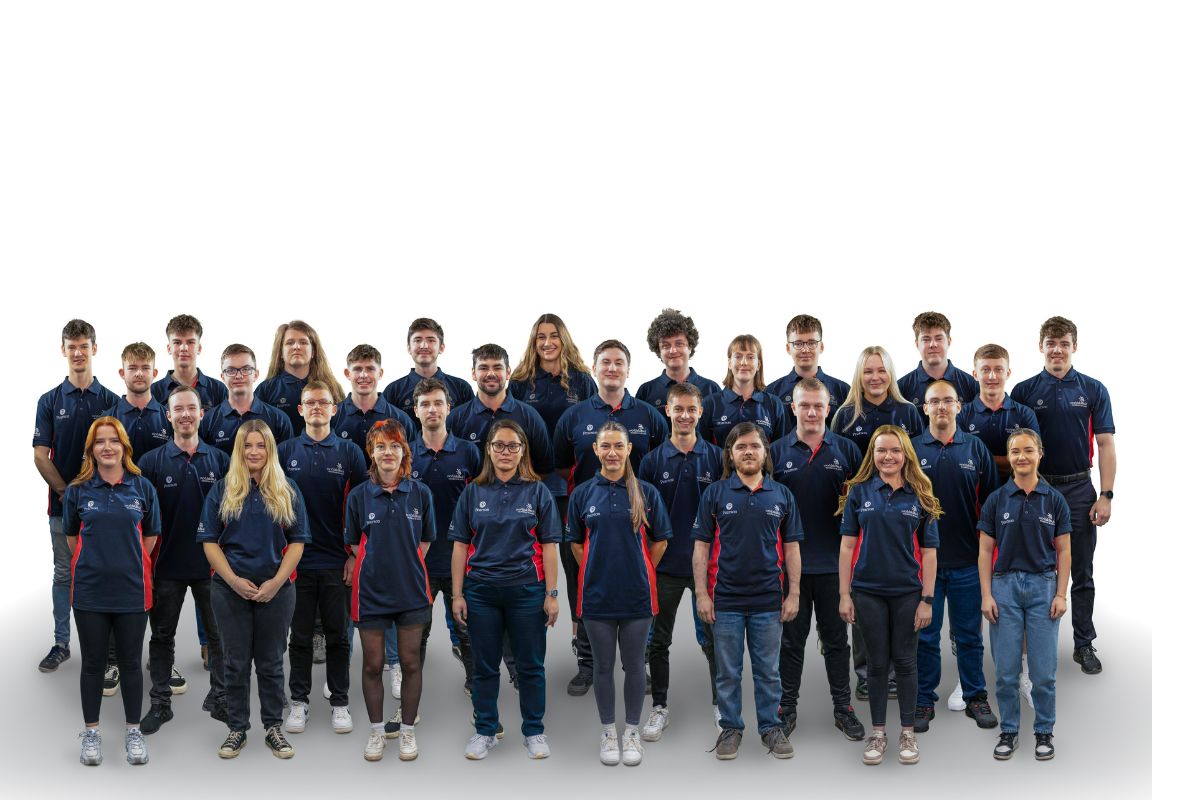Why higher education must evolve to support the hybrid workplace

The global pandemic has impacted all corners of society, but higher education has faced one of the biggest overhauls in its history.
Steeped in tradition with packed lecture theatres, face-to-face tutorials and campus-based living, remote learning on such a grand scale was never deemed desirable, nor possible.
However, in little more than a year, educators and students have had to acclimatise to a new, virtual way of teaching and learning.
Universities have also needed to balance this with the ever-growing need to attract and retain students. Despite best efforts and some admirable achievements, many challenges remain.
Above all, the pandemic has shone a spotlight on the need for universities to offer a consistent learning environment between the campus and those accessing lessons remotely to ensure future success and resilience.
Once achieved, this will enable universities to prepare the next generation of talent for a hybrid world of work, that will no doubt be in place by the time they enter the workforce.
To explore the subject in more depth, we recently undertook a survey of UK universities to gauge how they are adapting in the face of COVID-19, and some valuable lessons emerged…
Universities must offer a first-rate learning experience both on and off-campus
Our research finds that 38 percent of students say they would prefer a flexible, blended approach to learning moving forward. Whether a student is on campus or learning remotely, the intention should be for universities to democratise the learning experience and provide an experience of equal quality, giving students choice in how, when, and where they learn. The questions universities need to ask themselves are: who can access information, what information can they access, and can they access it in a way that works best for them?
A ‘hybrid’ learning model should re-think the role of the campus, within the higher education experience. Much like designs for the workplace, campus-based learning could be the place for collaboration, discussion, practical work, face-to-face supervisions, sports and socialising, while formal teaching could be delivered virtually. This will require a deep look at the digital applications and platforms that users will need, as well as audio visual and collaboration tools, which will all come at a cost.
Virtual learning can be used to make higher education more accessible and open to all
A hybrid learning environment will help to drive an inclusive student experience, allowing students to access information in a way that works best for them around their individual needs — for example full-time parents, workers, and international students. It may also help students with disabilities or those facing financial hardship, making it difficult for them to learn on campus.
Over the past year there have been many reported issues with laptops and technology provision at universities. If left unchecked, inequalities in student experience and provision will worsen, and there is the danger that some institutions will be left behind, particularly when matched against digital-first institutions.
The goal should be to make universities accessible to all, and with the right technology, we can level the playing field and enhance diversity.
Sustainability must fit into every facet of university decision-making
For an environmentally conscious generation, sustainability is becoming a top priority and 45 percent of students say they assess the sustainability ranking of a university within their selection process. Additionally, seven in ten (70 percent) university staff members say that sustainability has become more important in the wake of COVID-19.
As we contemplate the future of higher education, sustainability needs to fit into every facet of university decision making, including technology. There are many sustainable benefits that come with a hybrid work scenario, from green datacentres through to reductions in travel time and on-campus activity. For example, 48 percent of universities expect to host their data in the cloud, post-pandemic.
We need to prepare students for a hybrid world of work
The pandemic has put a huge strain on universities but has exposed the benefits of creating a blended approach to learning and a positive online experience. While significant strides have been made in creating a hybrid environment, it is also apparent that our education system is lagging behind the workplace, and this gap must be redressed urgently. Above all, it is critical that universities prepare students for working life and the shape it will take, post-pandemic.
This is an opportunity to break with past tradition and build back better. If we begin with higher education, we can then extend these learnings to the entire education sector, including primary and secondary schools. It could be immensely powerful if we do it the right way, and would mean that our education system would be fully prepared for whatever the world throws at us next.
There’s no doubt that once it is safe to do so, students and teachers will be eager to get back to campus and its important social benefits. Getting the balance right will be critical and if universities can stand firm and continue their momentum for change, investing in a hybrid approach to learning, then the system can become more flexible and inclusive, opening universities up to a wider pool of talent. The innovation and diversity this will bring to the workplace in the future is an exciting prospect.
Mark Sweeney, Regional VP, Citrix UK & Ireland











Responses